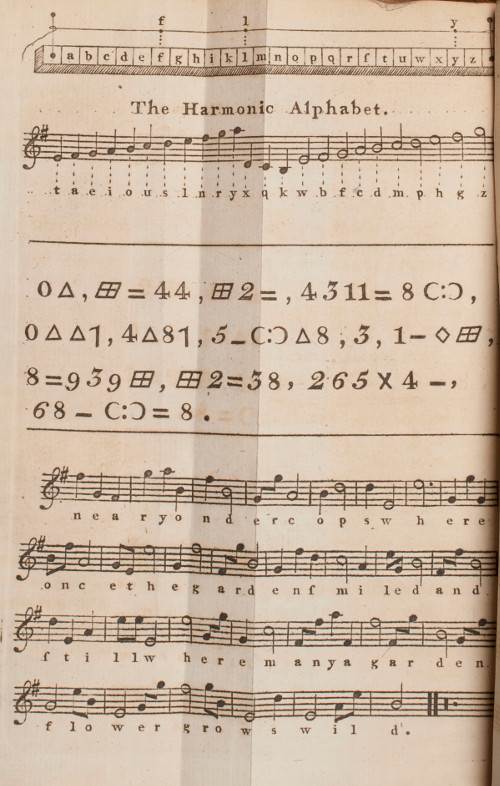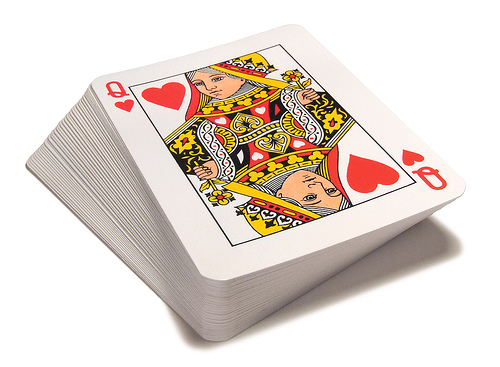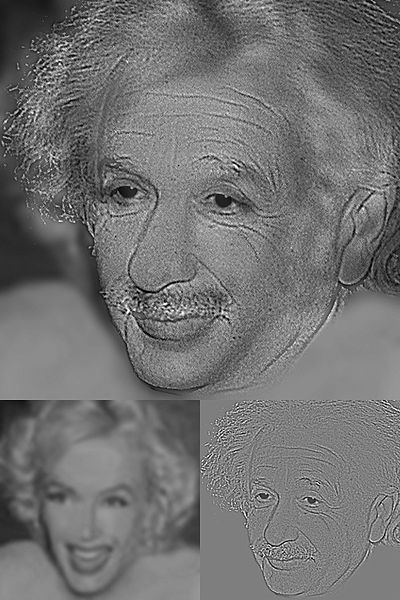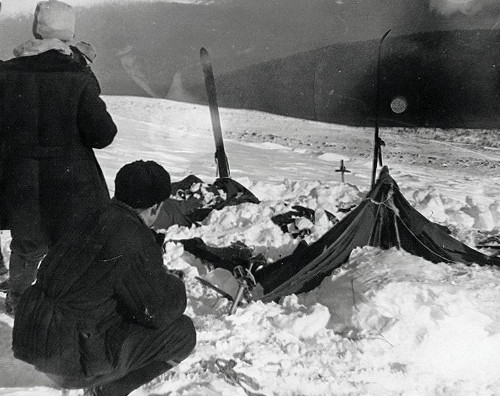
Here are six new lateral thinking puzzles to test your wits! Solve along with us as we explore some strange scenarios using only yes-or-no questions. Many were submitted by listeners, and most are based on real events.

Here are six new lateral thinking puzzles to test your wits! Solve along with us as we explore some strange scenarios using only yes-or-no questions. Many were submitted by listeners, and most are based on real events.
In his 1772 Treatise on the Art of Decyphering, Philip Thicknesse suggests a scheme for hiding messages in musical compositions:

At the bottom of the page is an example. “If a musick-master be required to play it, he will certainly think it an odd, as well as a very indifferent, composition; but neither he, or any other person, will suspect that the notes convey also the two following harmonious lines from Dr. Goldsmith’s poem The Deserted Village“:
Near yonder cops where once the garden smil’d,
And still where many a garden-flower grows wild.
Thicknesse suggests that two players might even use this scheme to carry on a conversation in real time. “It is certain that two musicians might, by a very little application, carry on a correspondence with their instruments: they are all in possession of the seven notes, which express a, b, c, d, e, f, g; and know by ear exactly, when either of those notes are toned; and they are only to settle a correspondence of tones, for the remaining part of the alphabet; and thus a little practice, might enable two fiddlers to carry on a correspondence, which would greatly astonish those who did not know how how the matter was conducted. Indeed this is no more than what is called dactlylogy, or talking on the fingers, which I have seen done, and understood as quick, and readily almost, as common conversation.”

This trick seems to have been invented independently by Martin Gardner and Karl Fulves. A blindfolded magician asks a spectator to lay three pennies on a table, in any arrangement of heads and tails. The magician’s goal is to put all three coins into the same state, all heads or all tails.
If the three coins already match, then the trick is done. If not, then the magician gives three instructions: Flip the left coin, flip the middle coin, flip the left coin. After each step he asks whether the three coins now match. By the third flip, they will.
“It’s no surprise that the magician can eventually equalize all the coins,” writes MIT computer scientist Erik Demaine, “but it’s impressive that it always takes at most three moves.” The technique exploits a principle used in Gray codes, which are used to reduce errors when using analog signals to represent digital data. Demaine relates a similar trick involving four coins in the November-December 2010 issue of American Scientist.
Peculiarly English limericks:
There was a young lady named Wemyss,
Who, it semyss, was troubled with dremyss.
She would wake in the night,
And, in terrible fright,
Shake the bemyss of the house with her scremyss.
A pretty school-mistress named Beauchamp,
Said, “These awful boys, how shall I teauchamp?
For they will not behave,
Although I look grave
And with tears in my eyes I beseauchamp.”
There was a professor of Caius
Who measured six feet round the knaius;
He went down to Harwich
Nineteen in a carwich,
And found it a terrible squaius.
There lived a young lady named Geoghegan,
The name is apparently Peoghegan,
She’ll be changing it solquhoun
For that of Colquhoun,
But the date is at present a veoghegan. (W.S. Webb)
An author, by name Gilbert St. John,
Remarked to me once, “Honest t. John,
You really can’t quote
That story I wrote:
My copyright you are infrt. John.” (P.L. Mannock)
See This Sceptred Isle.

A self-working card trick by New York magician Henry Christ:
Shuffle a deck thoroughly and deal out nine cards in a row, face down. Choose a card, look at it, and assemble the nine cards into a stack face down, with the chosen card at the top. Add this stack to the bottom of the deck.
Now deal cards one at a time from the top of the deck into a pile, face up, counting backward from 10 as you do so. If at some point the card’s rank matches the number said, then begin dealing into a new pile at that point, counting again backward from 10. If you reach 1 without a match occurring, then “close” that pile by dealing a face-down card onto it, and start a new pile.
Keep this up until you’ve created four piles. Now add the values of any face-up cards on top of the piles, count down through the remaining cards until you’ve reached this position, and you’ll find your chosen card.
This works because it always leads to the 44th card in the deck, but it takes some thinking to see this. You can put a sealed deck into a stranger’s hands and direct him to perform the trick himself, with mystifying results.

A seeming paradox by Mitsunobu Matsuyama. Rotating the colored panels about their centers seems to change the area of the square. How is this possible?
“A science is any discipline in which the fool of this generation can go beyond the point reached by the genius of the last generation.” — Max Gluckman

Look at this image closely and you’ll see the features of Albert Einstein.
But look at it from across a room and you’ll see Marilyn Monroe.
It’s a “hybrid image,” created using a technique developed by Aude Oliva of MIT and Philippe Schyns of the University of Glasgow. The image combines the low spatial frequencies of one picture with the high spatial frequencies of another, so that it’s processed differently at different viewing distances.
See their paper for the details, and this gallery for more examples.

On February 1, 1959, something terrifying overtook nine student ski-hikers in the northern Ural Mountains. In this episode of the Futility Closet podcast we’ll recount what is known about the incident at Dyatlov Pass and try to make sense of the hikers’ harrowing final night.
We’ll also hear how Dwight Eisenhower might have delivered the Gettysburg Address and puzzle over why signing her name might entitle a woman to a lavish new home.